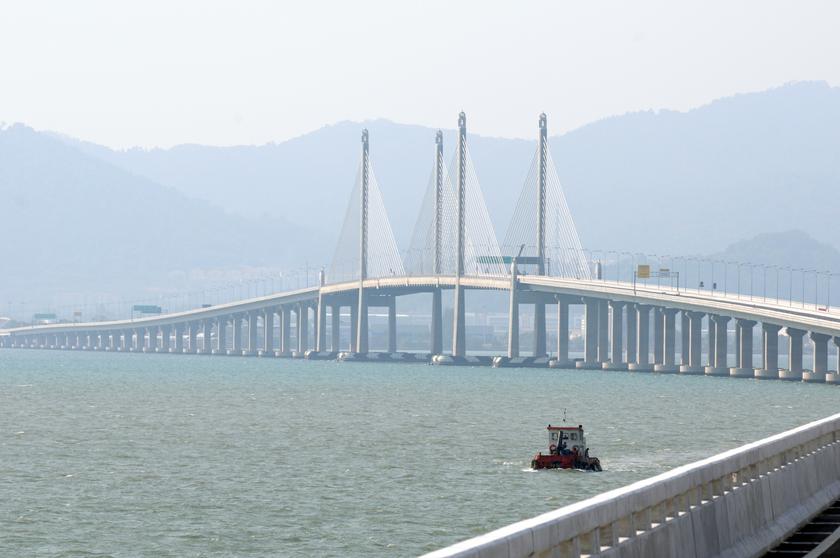KUALA LUMPUR, Aug 6 — The Penang Second Bridge has yet to met its aim of reducing traffic congestion at the first Penang Bridge (JPP) due to factors such as its location, the Auditor-General's first series of report for 2017 has found.
In its audit of the second bridge's operator Jambatan Kedua Sdn Bhd (JKSB), the Auditor-General (A-G) said consumers still prefer JPP over the second bridge now named Sultan Abdul Halim Muadzam Shah Brige (JSAHMS).
“The analysis of audit towards the report of traffic volume at both bridges found that there was an increase in traffic volume in JPP for the years 2014 to 2016 between 2.4 per cent to 3.8 per cent although the actual traffic volume of JSAHMS rose during the same period,” the report which was tabled in Parliament today said.
According to the report, JPP had 29.57 million traffic in 2013, which decreased slightly to 28.83 million traffic in 2014 and went up to 29.93 million traffic in 2015.
The second bridge which was completed in March 2014 had traffic volumes of 3.43 million and 4.73 million in 2014 and 2015, taking up 10.6 per cent and 13.6 per cent of the total combined traffic volume for the two bridges.
“The average daily traffic volume using JPP has increased from 2014 to 2016, namely between 78,980 to 83,961 traffic,” the report added.
The report explained that the growth in number of vehicles using JPP was due to its proximity to Seberang Perai Utara and Seberang Perai Tengah with population density of 369,340 people in 2016 and with major towns such as Perai, Butterworth and Bukit Mertajam.
In comparison, the second Penang Bridge connects Batu Kawan — in the mainland's Seberang Perai Selatan — with a smaller population of only 209,020 people in 2016 to the island, the report pointed out
“The giving out of rebates of 20 per cent by the JPP concessionaire company to Penang residents that are registered with PLUS also influenced the choice of Penang residents. Besides that, JSAHMS is located 34 kilometres and at an estimated 30 minutes from these main towns.
“These factors cause JPP to still be consumers' main choice as compared to JSAHMS,” it added.
In feedback received from JKSB on February 7, 2018, the company wholly owned by the Ministry of Finance Incorporated told the A-G among other things that the rest and relaxation area due to be completed in the fourth quarter of 2018 is expected to gradually increase traffic at the second Penang Bridge.
“The opening of the new Bayan Lepas Expressway that is connected to JSAHMS increased traffic volume by 20 per cent,” the company said, referring to the expressway that was opened in 2016.
A separate chart earlier in the report showed that the traffic volume for the second Penang Bridge has continued to increase annually, with 6.08 million and 8.05 million recorded for 2016 and 2017 respectively.
The total amount of toll collected annually through this bridge are RM17.6 million (2014), RM23.49 million (2015), RM29.84 million (2016) and RM38.64 million (2017), a chart in the report showed.
Citing a 2017-2053 projection by Ikram Premier Consulting Sdn Bhd, who was appointed by JKSB in March 2017, the A-G report said the second Penang Bridge is projected to grow from 20,970 daily traffic volume in 2017 to 101,506 in 2026, and to have toll collections grow from RM35.90 million to RM171.70 million in the same 10-year period.
“In the Audit’s view, taking into account JSAHMS only started operations in April 2014, the performance in toll collection is satisfactory. The actual traffic volume that is increasing every year will directly contribute to a growth in company revenue,” the A-G report said.



















